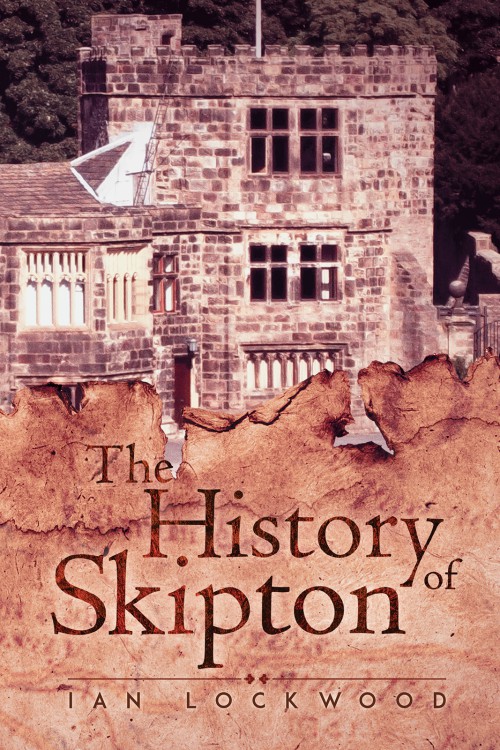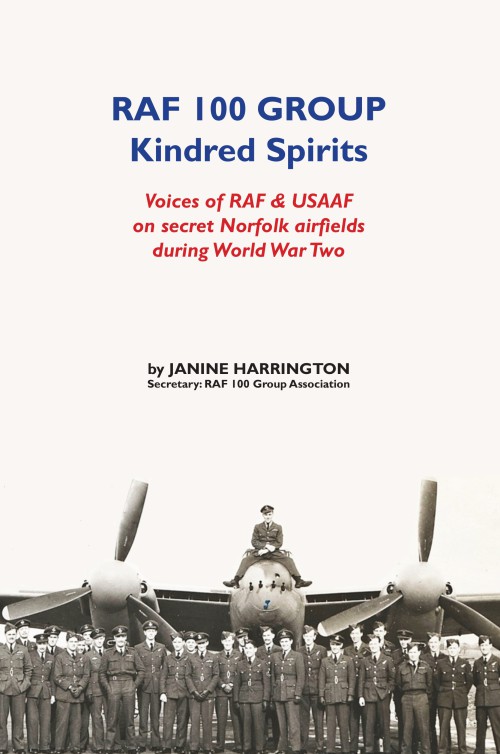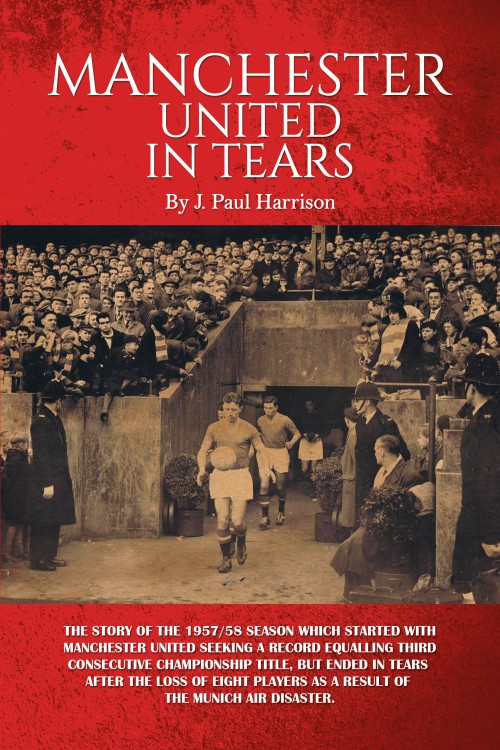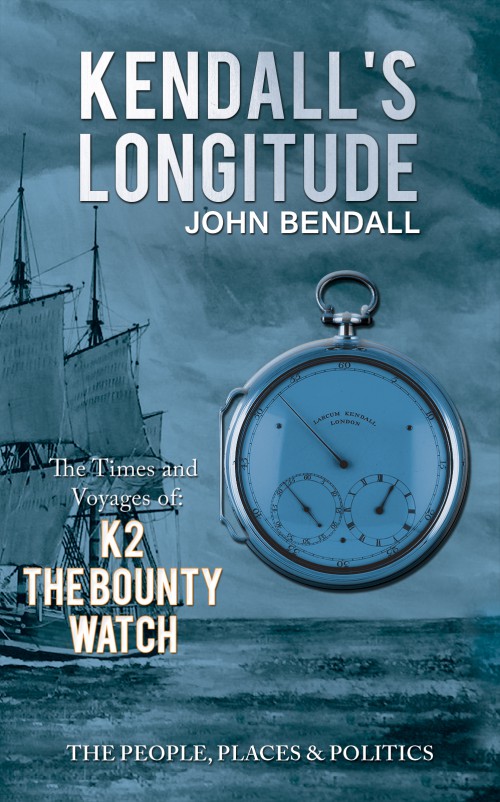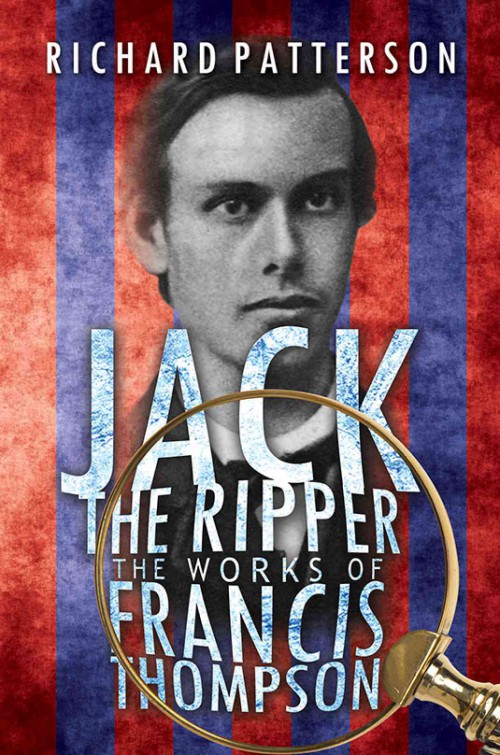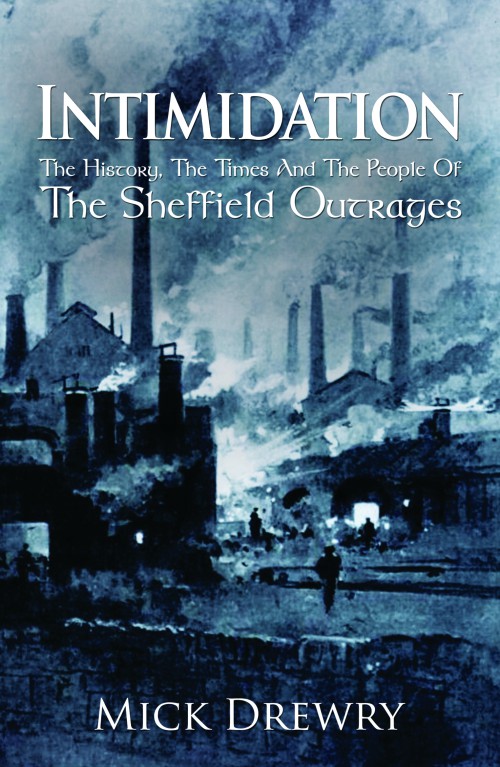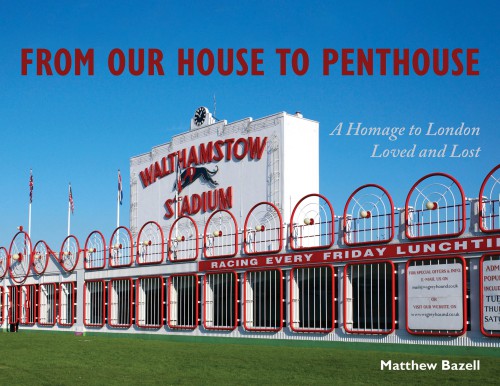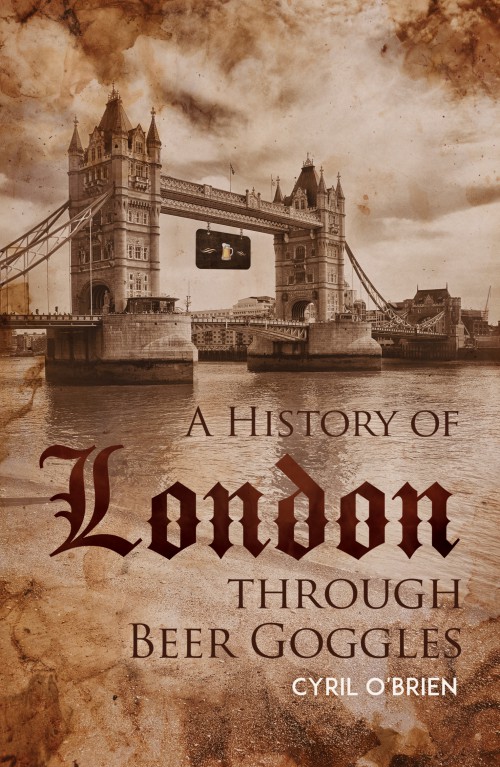-
Art and Institutional Racism
Why is the history of modern art only about the work of White/European artists? This question is not rhetorical, but about the reality of Eurocentric legacies of colonialism and racism, which not only sees artists of Asian and African origins as outside of art history but also excludes them from it. In this pioneering work, Art & Institutional Racism, Rasheed Araeen reveals how Asian, African and the Caribbean artists in Britain have challenged this exclusion.
Their work not only confronts the Eurocentricity of art history but also redefines modernism and its art history. And in doing so it aims to liberate art from Eurocentrism and also society as a whole from its lingering imperialism.
£18.99 -
Idea and Image
What does art tell us about man’s place in history?
In Thought and Image, award-winning author and philosopher Fredrik Lång takes the reader on a two-thousand-year journey spanning the worlds of art and philosophy, from ancient Greece into the modern day. Thought and Image explores the ways in which artistic expression is linked to the way of life and manner of thought of people throughout the centuries.
“Art, like knowledge, is an interpretation of a contemporary existence, executed in the concepts that thinking provides at the time. Every picture is worth a thousand words and every significant work of art contains a statement and is a confirmation of the general values of its time.”
Lång journeys slowly through the winding gallery of images and concepts that man has built up over the millennia, analysing the gaze of Giotto and the technical metaphors of Duchamp. The book ends with a challenging question: What is the significance of the insights gained for the understanding of our own time?
£10.99 -
The Fleet Air Arm
This book uncovers many hidden facts and untold stories of the Fleet Air Arm (FAA), shedding light on its remarkable history, much of which has not been widely published. It offers a concise yet vivid account of how the Royal Navy’s Air Service (RNAS) evolved over the years, shaped by over a century of political manoeuvring and its long-standing rivalry with the Royal Air Force. Even today, the FAA continues to operate in the shadow of the RAF, as seen in the ongoing developments surrounding the Queen Elizabeth class aircraft carriers and the F-35B aircraft they now carry, frequent subjects in the media.
Few know that the last serviceman to die in the Second World War was an FAA pilot, shot down over Japan at the very end of the Pacific conflict. While FAA victories such as Taranto and the Falklands are well known, it may surprise readers to learn that the FAA briefly flew Lancasters in 1946. And in the Gulf War, FAA Westland Lynx helicopters made history by virtually wiping out Iraq’s navy using Sea Skua missiles, the first time seaborne helicopters achieved such a feat.
This book also features the most comprehensive post-1945 timeline of the FAA, a reflection of the decline of Britain’s maritime power over recent decades. Enriching the narrative are personal anecdotes from FAA personnel, highlighting their bravery, dedication, and sacrifice in the line of duty.
£20.99 -
The History of Skipton
The History of Skipton is the most comprehensive history of the town for almost 150 years. The book focuses on the life of ordinary Skipton townsfolk and their health, hygiene, work and recreation. Covering the period from the Norman Conquest to the 21st century, The History of Skipton uses long-forgotten reports and archives to reveal many details which have never been published before.
£18.99 -
RAF 100 Group - Kindred Spirits
This remarkable book brings together for the first time writings of RAF 100 Group who, during WWII, flew secret operations deep into the heart of Germany - identifying and jamming enemy radar, working with Bletchley Park and the Y-Service, supporting SOE and the Resistance.Over 55,000 men died in Bomber Command, the highest casualty rate of any Unit. On VE Day, Churchill praised those who contributed to victory, with one glaring omission - Bomber Command, of which this Group was a valued part. What happened to his stirring words: ‘The fighters are our salvation, but the bombers alone provide the means of victory'?Seventy years on, RAF 100 Group remains shrouded in mystery, their families unaware as veterans take their secrets to the grave.This book represents a tribute, a Memorial, proof of their existence, finally giving them recognition so richly deserved.
£14.99 -
Manchester United in Tears
This book takes you back to that black and white era, in the days of the maximum wage, when football was still fun. The ‘Busby Babes’, seeking a third consecutive Championship title made a blistering start to the 1957/58 season and, with three England regulars – Byrne, Edwards and Taylor – attracted huge crowds wherever they played as spectators revelled in their adventurous, attacking football. As the season progressed, surprisingly United's form became patchy and by the end of the year, they sat in fourth position. The New Year brought more consistency and progress to the F. A. Cup Fifth round and Quarter Finals of the European Cup.Fate was to play a terrible hand when, on returning from Belgrade via Munich, their chartered plane crashed whilst attempting a third take-off, killing seven players and other passengers. Tragically, fifteen days later, Duncan Edwards also lost his fight for life. Manchester United completed the season and amazingly reached the F. A. Cup Final.The story of this eventful season is told on a day by day, match by match basis, providing a fascinating insight into the world of football in the 1950s.
£11.99 -
Kendall's Longitude
Lost at sea: every mariner’s fear.Maritime navigational tools could find latitude, but finding longitude remained elusive until Harrison developed the reliable sea clock, H4. Building on H4’s success, Kendall made a series of nautical timekeepers, K1, K2 and K3. This is the story of the K2 timekeeper; its adventurous voyages, the people it touched, and its place in history. K2’s first voyage, accompanied by the young Nelson, was nearly its last in the crushing Arctic ice. The next two expeditions saw it survive kidnappings, nautical intrigue, and gunpowder plots of the American revolutionary wars. The slave coasts of Africa followed.Bligh took K2 on the Bounty, but lost it in a fight with the mutineers in 1789. It was recovered by an American Quaker from Nantucket, only to be stolen by the Spanish. It rode on mules along the Andes before sailing into the Opium Wars. K2 finally returned to Greenwich in 1963.DRAMATIC, THREE NATION 'STORY OF TIME'
£9.99 -
Jack the Ripper, The Works of Francis Thompson
Francis Thompson in 1888.He was an ex-medical student with a dissecting scalpel, and a history of mental illness and trouble with the police. He had just broken up with a prostitute and had written about cutting women's stomachs open.At the same time, a few yards from his refuge, a woman was knifed, as part of a spate of prostitute murders, which one coroner said was by someone who had considerable anatomical skill and knowledge.Richard A. Patterson sets out a compelling case for English poet Francis Thompson as the prime suspect for Jack the Ripper in this must-read for Ripperologists the world over.
£9.99 -
Intimidation: The History, The Times And The People Of The Sheffield Outrages
Anonymous threatening letters, hamstrung horses, arson attacks, beatings, 'rattenings', bombings, shootings and murders; all at the hands of trade union thugs, orchestrated by William Broadhead, the tyrannical saw grinders' union leader. Such is the folklore of the Sheffield Outrages. However, acts of intimidation against 'obnoxious' workers and defiant employers stretched beyond Sheffield and across many trades.The story of the Sheffield Outrages is not just about the infamy of William Broadhead and the saw grinders, it is about a way of life in 19th century Sheffield; it is about conflict between hard-working skilled men and their exploitative masters; it is about a time of transition in industrial relations and the development of trade unionism.The story of the Sheffield Outrages is a significant and important aspect of Sheffield's social history and for far too long has been an understated one.Cover illustration: 'The Smoke of Sheffield', Allan F Barraud (1847-1913)
£9.99 -
From Our House to Penthouse
From Our House to Penthouse takes you on a nostalgic trip down memory lane to a London that disappeared not so long ago. Pubs gutted to make way for coffee chains! Arenas and cinemas bulldozed to make way for hotels! Dog tracks and football grounds now apartments!London went through a huge change in the first two decades of the 21st century, and From Our House to Penthouse pays homage to the venues and places that were lost in that time. Featuring photos of iconic London landmarks that no longer exist, author Matthew Bazell has compiled a historical record to keep memories alive.
£27.99 -
A History of London through Beer Goggles
Discover stories and parts of London that you may not have known. All of this done whilst visiting some of London’s oldest pubs.From the Great Fire of London to the Church-run prostitutes of Southwark.From cock fighting to the famous Cock Lane Ghost.From Shakespeare to Shrek.From St Paul’s Cathedral to the inspiration for wedding cakes.Take a journey through the streets of London and discover things you never knew.A must for all who live and work in London, as well as visitors to our great city.What better way could there be than to have a drink and a walk around the parts of the city you have probably never visited. Hidden gems abound.
£10.99 -
Surgery: An Unfamiliar History
This is a fascinating account of surgery that throws light on forgotten and unknown aspects of its practice from antiquity to the present. It illuminates the rare periods of progress and also explains why there were lengthy times when no original operations were undertaken.Maybury has achieved this by identifying the time and place when each operation was first undertaken. The first of these was the trephination of the skull in Peru twelve thousand years ago, presumably to exorcise evil spirits. This operation over several thousand years reached Europe where Hippocrates described and rationalised it to treat head injuries, it is still practiced today and is the forerunner of each subsequent original operation.The golden ages of surgery took place in Ancient Greece and India and 1,300 years later in Western Europe and the USA. Between these periods, no original operations took place. Maybury explains why this happened and reveals the Greek theory that dominated surgery for over 2,000 years. He describes the passage and translation of the Greek manuscripts and their acceptance in the Arabian Empires and how in turn the Arabic versions strongly influenced Italy and then Western Europe. He also tells of the Edict of Tours of 1163 that devastated surgery and took 700 years to rectify and also the extraordinary modern era when all the tissues of the body were finally operated upon and very much more.
£10.99




